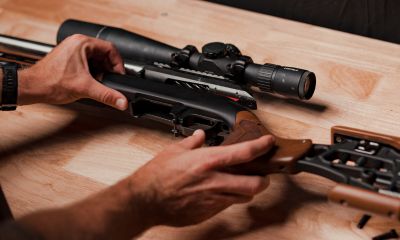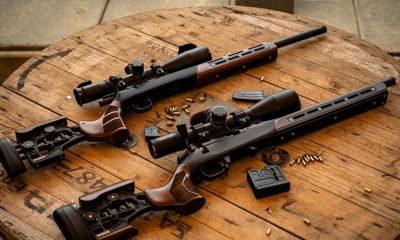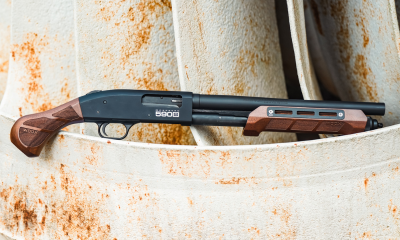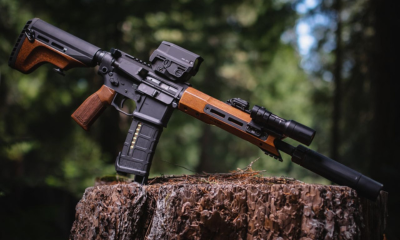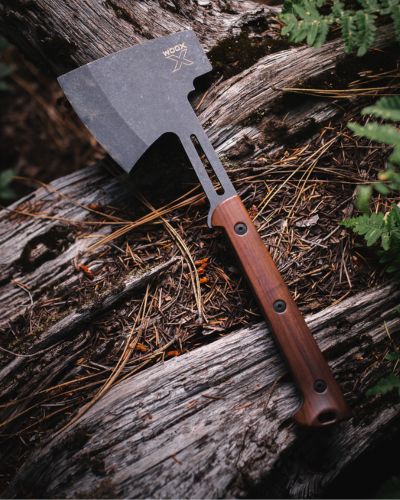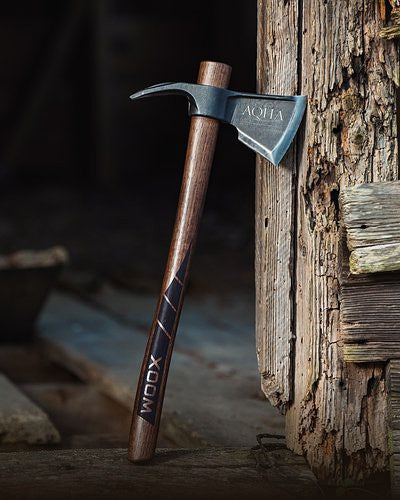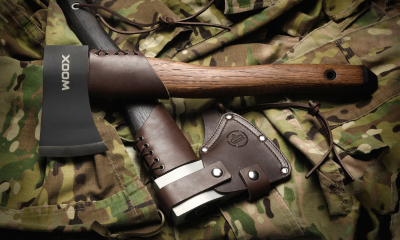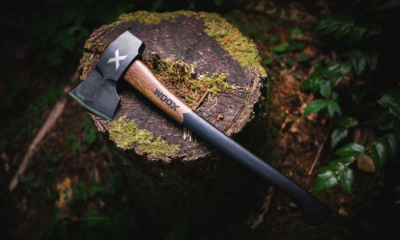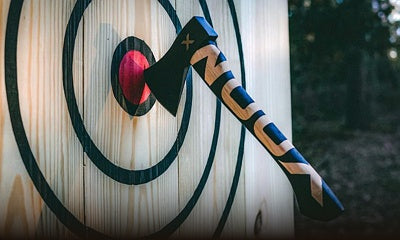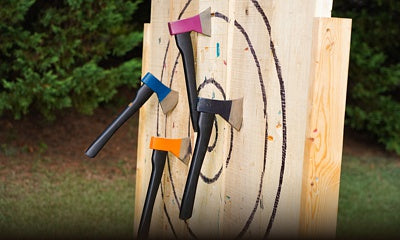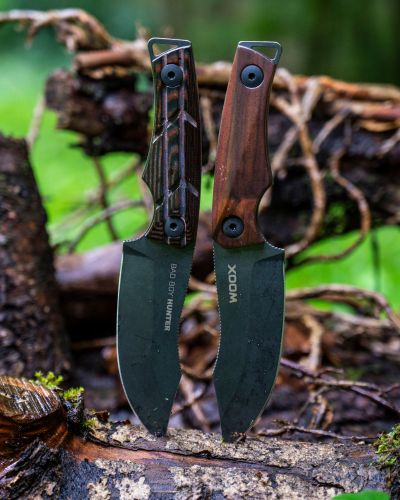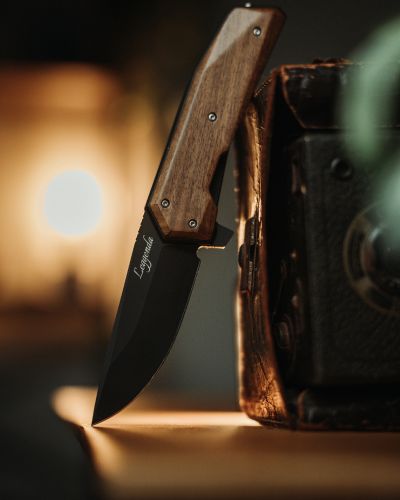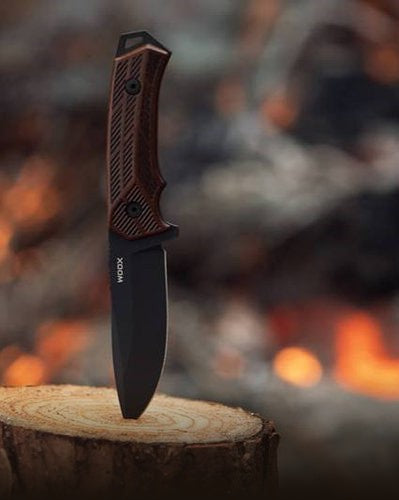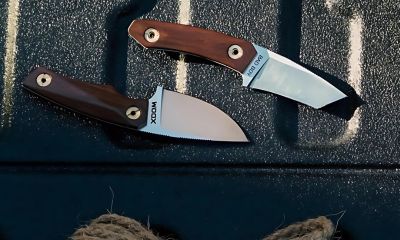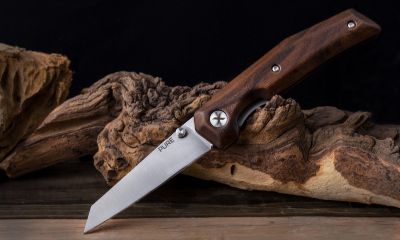
What Makes A Great Knife
Buying a new knife can be confusing. While a knife is at its heart a simple tool, there are many variations to choose from. Let’s talk about what I look for when I’m on the hunt for a new knife.
WHAT’S IT FOR?
Just as with most things, the knife’s purpose will answer most of the questions you have about what will make your new knife great at its job. For instance, a knife for filleting fish will have different requirements than a knife for chopping vegetables, and a survival knife needs different features than one for cutting bread. For our purposes, let’s assume that we want a knife for basic woodcraft.
STEEL
The first and most important thing that determines whether your knife is great is the steel. There's an almost infinite variety of steels available each with a specific purpose and different characteristics. If you have a degree in metallurgy or just a deep understanding of different knife steels, then you already know what I'm talking about. If you don't have that specialized knowledge, then you want to make sure that you have a high carbon steel blade. With proper heat treatment, high carbon steels are tough and resilient, yet hard enough to take and hold a razor-sharp edge. A Rockwell hardness of between 60 and 65 is perfect for this.

Rock 62 is made of Sleipner Steel, one of the best steels made by Uddeholm, It's made with silicon, manganese, molybdenum, and vanadium.
The legendary ‘City of Knives’
For more than 650 years the small Italian village of Maniago has been known for its knife making skills. No surprise it referred to as “City of Knives". Documentation dates back to 1453 when a license was requested to operate a factory using water power.
Thanks to its location at the feet of Dolomites, the City of knives had access to one of the purest running water in the world.
In the early days, the first factory — and others that came after that — focused on making equipment for agriculture and armaments for the Republic of Venice. Over the centuries, knife making specialties developed and the business grew.



Italy has a rich history of blacksmithing and metalworking going back several hundred years. The village of Maniago is called "city of knives", as the area is rich in artisan cutlery from the medieval age. Pictures from the Blacksmith Art and Cutlery Museum - Maniago City.
Today, in this small village in the heart of Alps, there are about 60 businesses that make the finest blade in the world. WOOX’s products continue that storied tradition. Read more
HANDLE
Make sure that your knife’s handle has a full tang. This means that the handle runs all the way through the grip. Full tang construction makes for a strong, durable knife that is less likely to break than, say, a partial tang or rat tail tang knife. The grip of your knife should have scales that are removeable. This allows you to switch out your scales if they break, and it lets you clean under the scales to prevent moisture from collecting and causing rust where you can’t see it.
Make sure that your grip is firm and comfortable and without any sharp edges that might cause blisters. Be certain to look for a handle that has enough texture to provide a non-slip surface for your hand. A hole for a lanyard is a plus, but not a requirement.

BLADE
For a woods knife, I like a drop point profile. It has enough curve to the edge to be a good cutter, but the point allows you to pierce material and, in a pinch, bore holes with your knife. Look for a fine, non-serrated edge. Serrations are great if you are cutting a lot of rope, but a fine edge is the most useful for the kind of tasks you’ll have for this type of knife.
Your blade should be between 1/8 and ¼ inch thick, and it should have a flat spine instead of saw teeth.Saw back knives are useful for downed pilots who need to cut their way out of a fuselage (that’s where they originated) but they have little utility for common woods knife tasks. A saw backed knife will make it harder to baton firewood, for example. I prefer a knife with a blade between 4 ½ and 6 ½ inches long. This size allows you to perform some heavier work with the knife yet still retains the ability to do finer carving.

At least one spot on your knife’s spine should be at a 90-degree angle to the side of the blade. This makes it easy to strike sparks from a ferro rod.
Finally, your knife’s blade should have either a flat grind or a high saber grind. This refers to the angle of the primary bevel. These two grinds allow for a sharp edge that keeps as much strength as possible.I would avoid a hollow grind. While you can get a hair-splitting sharp edge with a hollow grind (straight razors often use one), they are weaker and more prone to splitting.
In conclusion
I hope this article gave you a better idea of what makes a great knife for the outdoors. I’d suggest that you look at WOOXknives. They meets all the criteria above, and it’s what I carry when I go in the woods.
This article is written by Mike Kreitzer. Mike is Editor of MK Outdoor Journal on YouTube, a Voting Member of the Professional Outdoor Media Association and Media Member of the National Shooting Sports Foundation.



